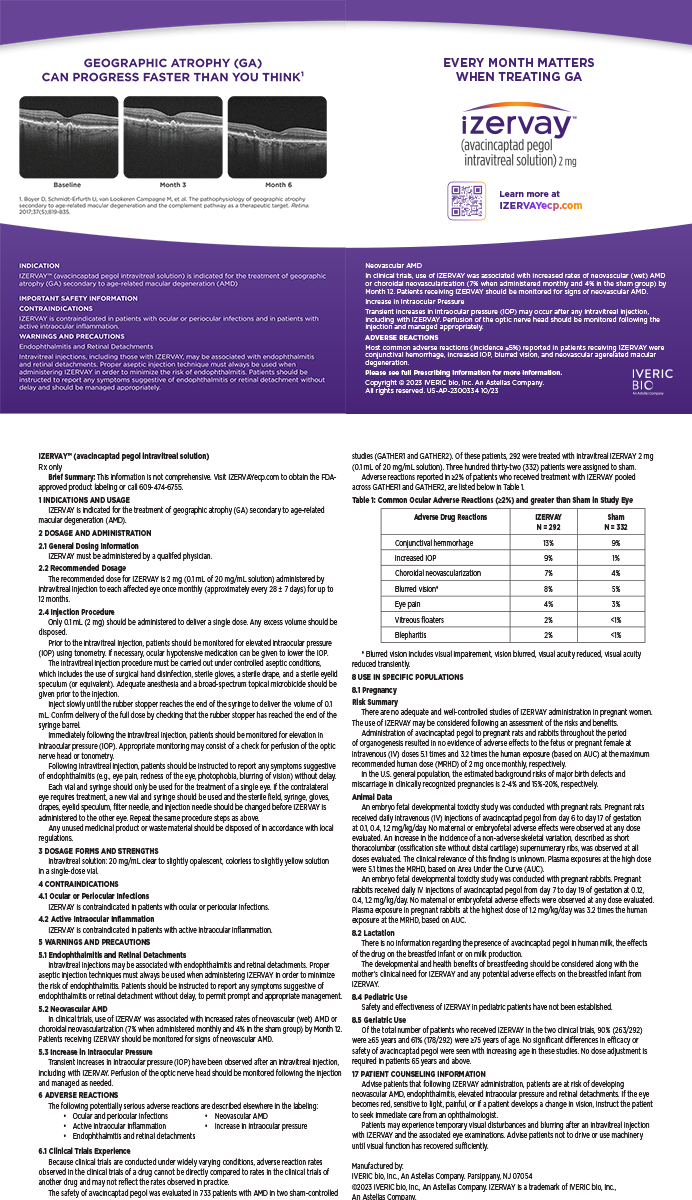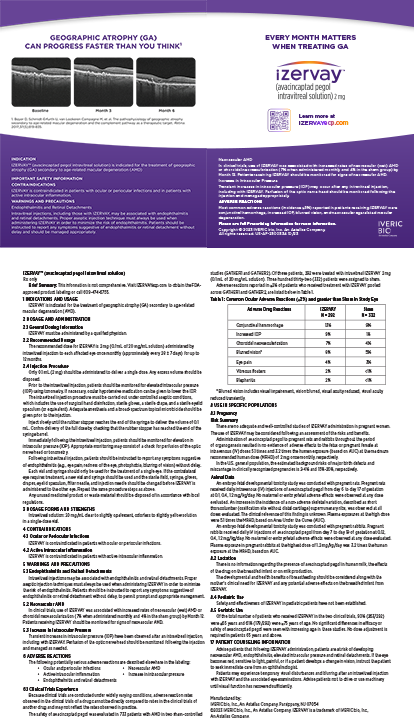
In Quentin Tarantino’s 1994 classic film Pulp Fiction, a memorable scene unfolds involving the character Butch, played by Bruce Willis. Butch has just endured an unbelievably dangerous, stressful, and violent odyssey to escape the clutches of a murderous band of criminals that he has cheated out of a huge sum of money. The tension in the film is at its peak, and every millisecond of delay might mean the difference between a peaceful life of wealth and immediate death. Butch rushes to collect his naïve, innocent girlfriend Fabienne to leave town forever. Despite Butch’s increasingly urgent pleas that they must flee immediately, Fabienne is incapable of comprehending the urgency of their situation. She peppers Butch with a series of mundane questions unrelated to their current crisis, which further adds to the tension—she simply lacks the ability to imagine what Butch has been through to get to this point in the film.
When a new technology is launched in ophthalmology, I sometimes hear frustrated comments from my colleagues that it is too expensive or that it took far too long to gain regulatory approval. Certainly, all products must be judged by their safety and efficacy, taking into consideration the value proposition of the technology in the context of other available alternatives. But as physician-consumers, we sometimes lose sight of the difficult path that has unfolded prior to the commercial launch of these products.
Consider the example of ReVision Optics, the manufacturer of the Raindrop corneal inlay. Along with AcuFocus and Presbia, ReVision Optics targeted the enormous market of presbyopes who seek freedom from reading glasses. It is estimated that there are currently more than 1.3 billion presbyopes worldwide, and the number is growing as the population ages in many parts of the globe.1 Despite being armed with capable management and shrewd and experienced investors, in January, ReVision Optics abruptly announced that it was ceasing operations and shutting down. This surprising move came less than 2 years after the company received FDA approval for its product, passing arguably the world’s toughest standard for regulatory approval.
ReVision Optics went through an arduous process to achieve commercialization of its product. More than $194 million was raised in 10 separate rounds of financing over 15 years. Extensive research and development were undertaken, intellectual property was protected with multiple patent filings, and careful, extensive clinical trials were performed by excellent clinicians. Finally, after FDA approval, clinical support teams carefully trained physicians in the use of the product.
Although some emerging technologies struggle with adoption due to cost, in my opinion this was simply not a factor with the Raindrop inlay. In addition to educating physicians about the unique clinical challenges associated with the intra- and postoperative management of alloplastic corneal inlays, ReVision Optics faced the substantial task of educating those physicians and the general public about an entirely new category of surgical correction of presbyopia. These and other factors beyond the scope of this editorial ultimately led to the demise of ReVision Optics.
Consider that, for every ReVision Optics, there are numerous companies in varying stages of evolution that will never progress beyond the concept phase. Many more will fail at other points along the way. Early-stage investors are well aware of this fact and, thus, must place bets on many emerging technologies with the expectation that only a precious few will survive. Even after achieving the milestone of FDA regulatory approval, new products must still face the ultimate challenge of marketplace acceptance. And as we have seen, the imprimatur of FDA approval is by no means a guarantee of commercial success.
1. Holden BA, Frick TR, Ho Sm, et al. Global vision impairment due to uncorrected presbyopia. Arch Ophthalmol. 2008;126(12):1731-1739.




